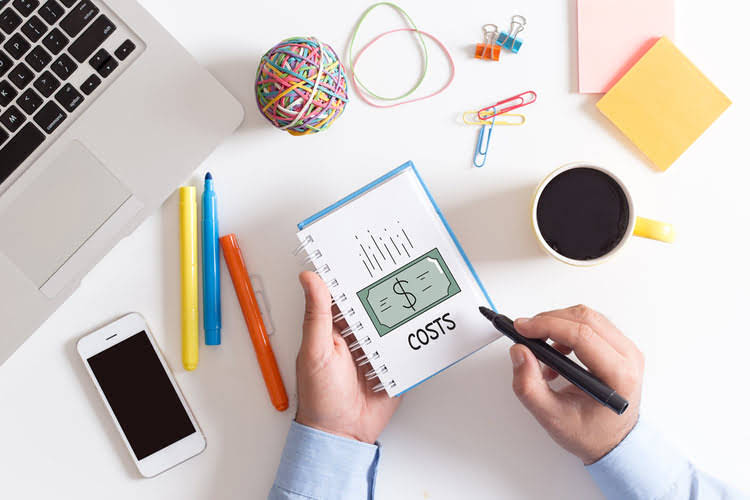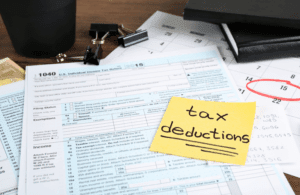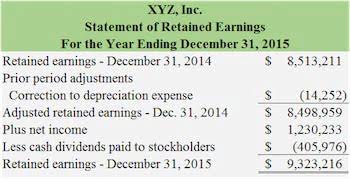
Our courses are taught by Goldman Sachs investment banker who has worked on transactions worth over $50 billion. We designed our courses to prepare you to succeed in the world of high finance. You’ll learn how to conduct financial analysis exactly like how it’s done on Wall Street’s top firms. Upon completion of the courses, you will receive our Global Financial & Investment Analyst (GFIA) certification. While CapEx is typically not fully deductible in the year companies make the spending, it is generally tax-deductible over the useful life of the asset. Overhead costs are the indirect costs of operating a business that can’t be directly attributed to a specific product or service.
- To calculate capex using the balance sheet, you’ll need the beginning and ending balances of the net PP&E and the depreciation expense for the reporting period.
- Whereas others, like software or online service industries, might not require as much capital spending due to a higher reliance on human capital instead of physical assets.
- Capital expenditures are often difficult to reverse without the company incurring losses.
- The crux of the matter lies in the way these expenditures are accounted for in an income statement.
- For instance, a company might buy brand new equipment, buildings (real estate), or machinery, which fall under property plant and equipment (PP&E).
- CapEx, or capital expenditure, is a financial term that refers to the funds allocated by the company for the purchase of long-term assets.
Future Growth and Income
- Here, Capex refers to capital expenditures, and ΔPP&E refers to the change in the value of property, plant and equipment.
- Capital expenditure (CapEx) refers to funds used by a company to buy, upgrade, or maintain physical assets.
- While CapEx refers to long-term investments in assets, working capital refers to the short-term liquidity available to a business, calculated as current assets minus current liabilities.
- With real-time visibility into the cash position, you can monitor and control expenses better.
- Firstly, the transition from fossil fuels to renewable energy sources has necessitated companies to invest in green technologies and infrastructure.
This broadly aligns with the company’s strategic objectives, like expanding operation capacity or launching a new product line. This type of CapEx is deemed more discretionary as it goes beyond the current operational needs of the business, looking instead to future expansion and revenue growth. Spending money on Capex is an essential part of the business, but it is balance sheet vital to understand how companies should fund this Capex. So, all decisions should be wisely taken to ensure that the Return on Capex is well thought of and achieved timely.

How CapEx and OpEx are Treated in Accounting
- The range of current production or manufacturing activities is mainly a result of past capital expenditures.
- To evaluate long-term investments and related cash flows, firms take a closer look at CapEx.
- In the indirect approach, the value can be inferred by looking at the value of assets on the balance sheet in conjunction with depreciation expense.
- PP&E are physical assets, such as buildings, office fixture, cash registers, machinery, etc.
CapEx is simply the money a company pours into the buying, upgrading, and maintaining of long-term assets. These investment decisions are critical to an organization due to hefty initial costs, irreversibility, and long-term effects. For instance, oil exploration and production have the highest CapEx levels. Similarly, telecommunication, manufacturing, and utility industries also require substantial investments.
From expense to investment – What is capital expenditure? (CapEx)
In financial modeling and valuation, analysts employ Free Cash Flow calculations within a Discounted Cash Flow (DCF) model to ascertain the business’s net present value (NPV). capex meaning This aids in evaluating the company’s overall financial health and investment potential. CapEx investments in energy-efficient equipment or infrastructure can help you reduce operating costs, leading to increased profitability in the long run. CapEx investments in equipment, technology, and infrastructure can help you improve your productivity and efficiency, leading to increased profitability and competitiveness.


The current period PP&E can be calculated by taking the prior period PP&E, adding capital expenditure (Capex), and subtracting depreciation. To calculate capital expenditure (Capex), subtract the current period PP&E from the prior period PP&E and then add depreciation. Over the life of an asset, total depreciation will be equal to the net capital expenditure. If a company regularly has more CapEx than depreciation, its asset base is growing.

These capital investments aim to generate future income and broaden revenue streams, such https://www.bookstime.com/articles/early-payment-discounts as making investments into property, equipment, or technology. Capital expenditure is an essential component of financial planning, capital planning, and cash-flow management for organizations of all sizes. Capital expenditures for fixed assets can be depreciated over time to spread out the cost of each asset over its useful life.
Leave a Reply